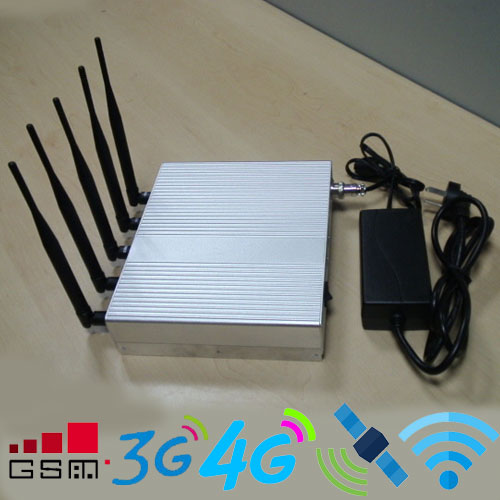To summarize this week’s Wi-Fi security blog trilogy, I will introduce the occasional encounter with Wi-Fi signal interference. As we use Wi-Fi signals more and more widely. Especially in the UK, where some WiFi incidents have recently occurred, the entire urban community is already compatible with WiFi. There is no doubt that we will increasingly rely on WiFi networks. Anyone who has read official books on computer security will certainly understand the confidentiality, integrity and availability of the CIA Triad in terms of security. This article will discuss availability, which means blocking WiFi signals. Now, you might think that Wi-Fi interference is a bit troublesome, but it requires a lot of expensive hardware and expertise, but as I recently encountered, this is not necessarily the case.
A few weeks ago, I finally gave in and bought a Nintendo Wii game console for my kids. I think this will keep them physically active while playing video games, which I think is absolutely correct. Anyway, I put the Wii under the main TV, and then try to connect the Wii to my home WiFi network. This will allow the Wii to receive software updates, weather forecasts, and even browse the Internet using the Wii Opera web browser. Soon it was discovered that Wii could not connect to the WiFi network.
Therefore, after an hour of troubleshooting, temporarily deleting all my WiFi security, and then plugging the WiFi router into the Wii as close as possible, I found that the Wii cannot receive my WiFi network signal. The maximum distance is 10 cm! Even then, the bandwidth (network speed) still seems too slow. Well, I gave up this day because the kids want to play Wii sports. I just thought the Wi-Fi card of the Wii was too small, but later that night, I had an epiphany while watching satellite TV on the bed upstairs.
You see, I have satellite TV and can broadcast to the main TV. But, earlier this year, I wish I could watch all these beautiful satellite TV channels on my bedroom TV. Therefore, I purchased a cheap "Technika" TV broadcasting solution. The local supermarket price is 20 pounds (about 40 US dollars), rather than paying more to the satellite TV company to buy a second set-top box Sat Box. The device consists of a broadcasting unit connected to the SCART output of the satellite TV decoder. The broadcasting unit sends the TV image, sound and even infrared signals from the remote control to the receiver, which is connected to the SCART of the TV IN input. From the room. My epiphany is the theory that the TV broadcast unit blocks Wi-Fi signals, especially since the Wii and TV broadcast units are located under the main TV. Therefore, I turned off the TV broadcasting equipment and immediately connected the Wii to the Internet.
The next day, I did some experiments with my laptop. I noticed that the TV broadcasting unit has been opened. In some areas of the house, the signal strength of the WiFi network was reduced by two-thirds, while downstairs, all connections to the WiFi network were deleted.
Therefore, an efficient wifi jammer can be obtained at a very cheap price. I imagine that with some customization, you can expand the range of Wi-Fi interference and make it a mobile device.
I can think of many bad uses for WiFi interference, especially to induce other attacks, but a good use might be to apply a no WiFi policy, although you may need to check the laws on the Internet. broadcast.





